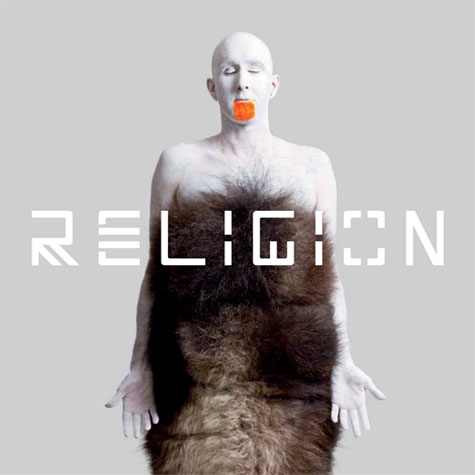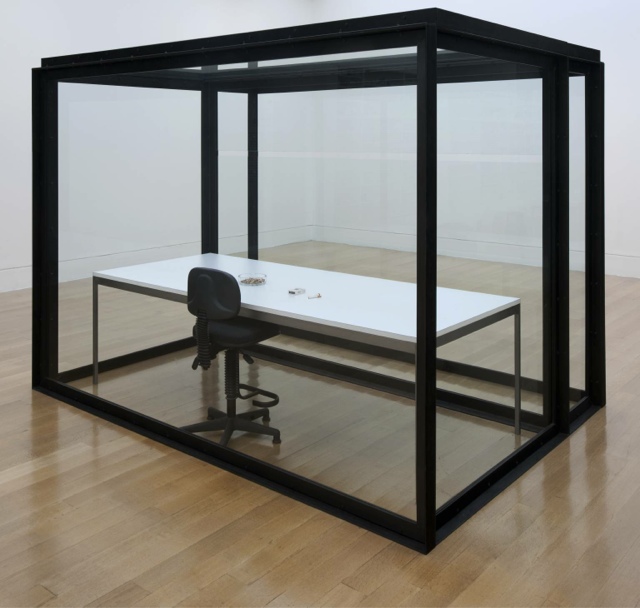You know a performance is really enjoyable, when you suddenly realize you have been sitting with a huge grin on your face for an unknown amount of time. This is how I found myself about 30 minutes in to Twyla Tharp's new ballet The Princess And The Goblin, performed by the RWB with Guest Artist Paloma Hererra. The piece begins with a fairly classical look - king father, princess daughters, classical movement vocabulary - and as the story twists and turns, the movement also twists and turns, until the Goblins are moving in a very contemporary manner. There are even touches of break dance in some areas. The blurring of style is what one would expect from Twyla Tharp, and this piece did not disappoint in any way.
One of my favourite things was the dance-fight choreography, which was highly stylized, and almost looked like Brazillian Capoeira. The humour and fun in the movement, along with the more dark and serious notes were fabulous.
The sets and lighting were beautifully simple, with many lovely diversions coming down from the ceiling to populate the same space as the dancers. One highlight was the use of shadow to create a music box style image - this section was absolutely captivating.
Highlights:
Paloma Hererra - her mischevious grin filled the stage, and every movement she made was outstanding. I am honoured to be able to see this living legend dance.
Yayoi Ezawa - an RWB favourite, Yayoi really shone, particularly in her moments opposite Hererra as the grandmother.
Sophia Lee - This girl is a star. Her turn as the Queen of the Goblins was a fantastic performance, and a highlight.
Yosuke Mino - I could watch him jump for days and days, and his strengths really came through in Tharp's choreography.
Please see this if you can! It isn't every day that Twyla Tharp has a new piece performing in your city, nor that you get to see it performed by this calibre of dancers.
One of my favourite things was the dance-fight choreography, which was highly stylized, and almost looked like Brazillian Capoeira. The humour and fun in the movement, along with the more dark and serious notes were fabulous.
The sets and lighting were beautifully simple, with many lovely diversions coming down from the ceiling to populate the same space as the dancers. One highlight was the use of shadow to create a music box style image - this section was absolutely captivating.
Highlights:
Paloma Hererra - her mischevious grin filled the stage, and every movement she made was outstanding. I am honoured to be able to see this living legend dance.
Yayoi Ezawa - an RWB favourite, Yayoi really shone, particularly in her moments opposite Hererra as the grandmother.
Sophia Lee - This girl is a star. Her turn as the Queen of the Goblins was a fantastic performance, and a highlight.
Yosuke Mino - I could watch him jump for days and days, and his strengths really came through in Tharp's choreography.
Please see this if you can! It isn't every day that Twyla Tharp has a new piece performing in your city, nor that you get to see it performed by this calibre of dancers.




